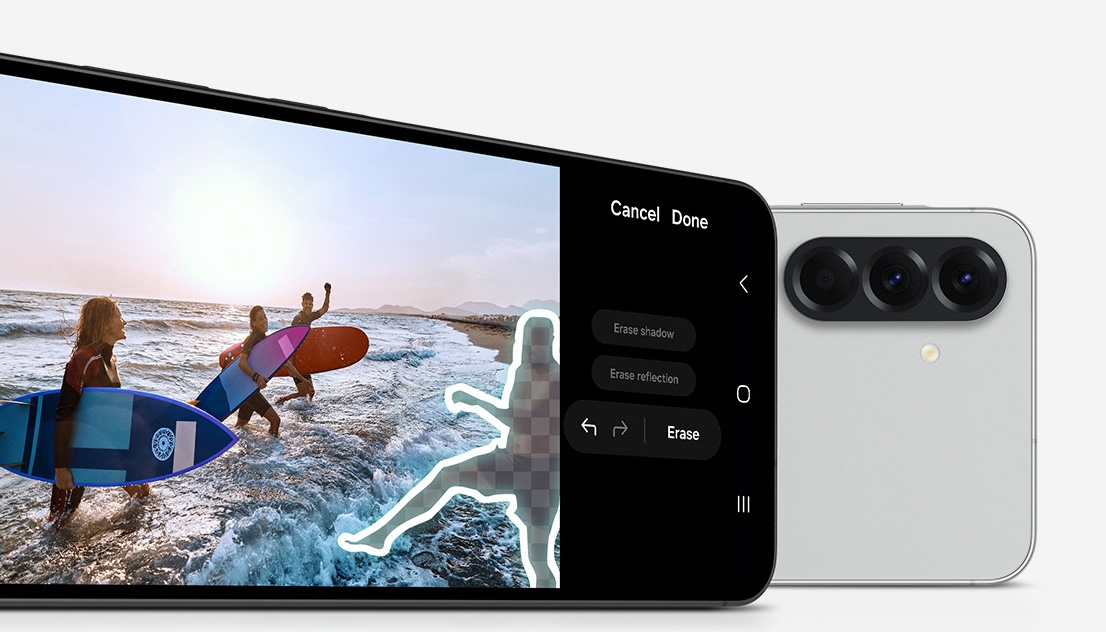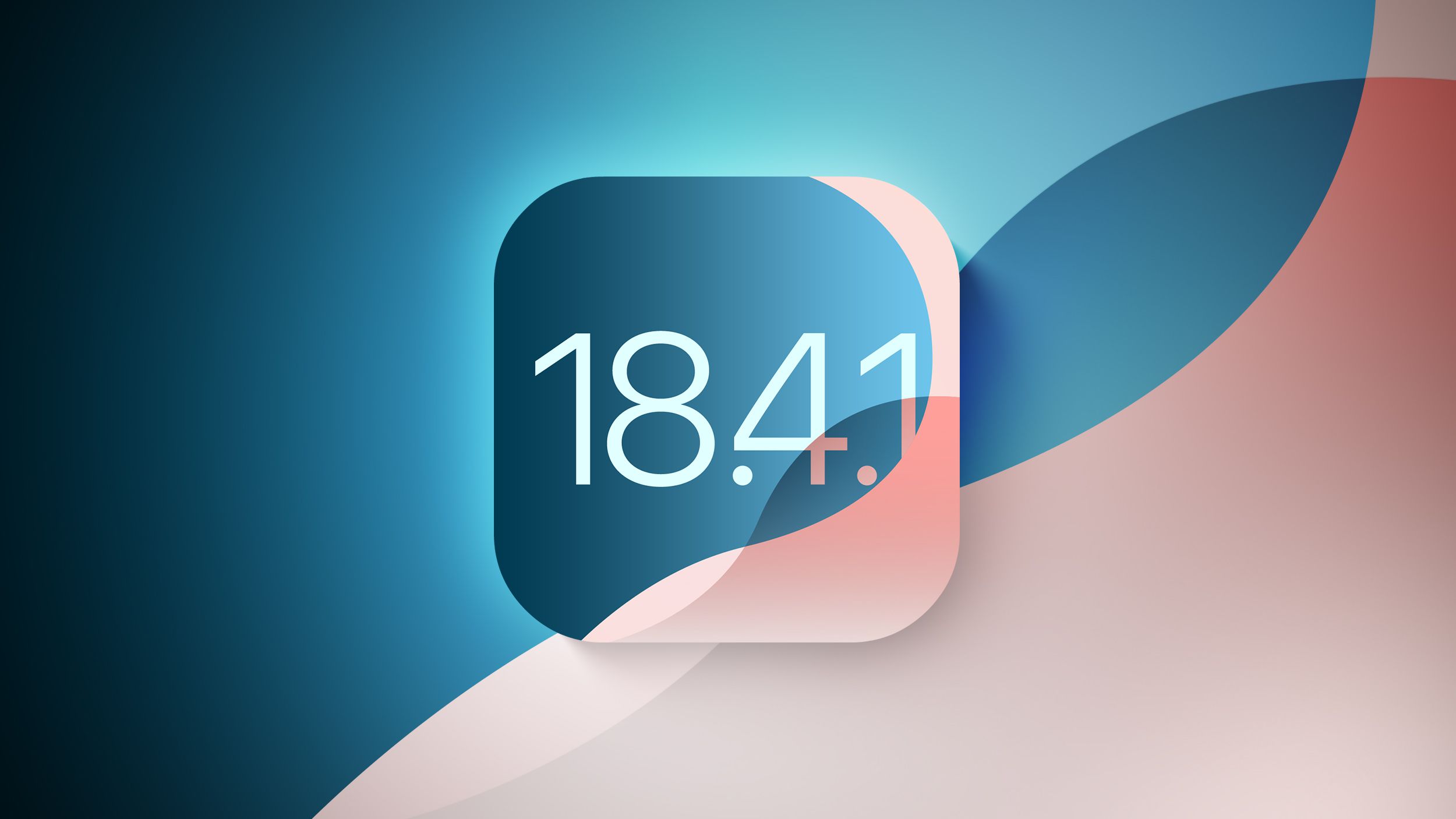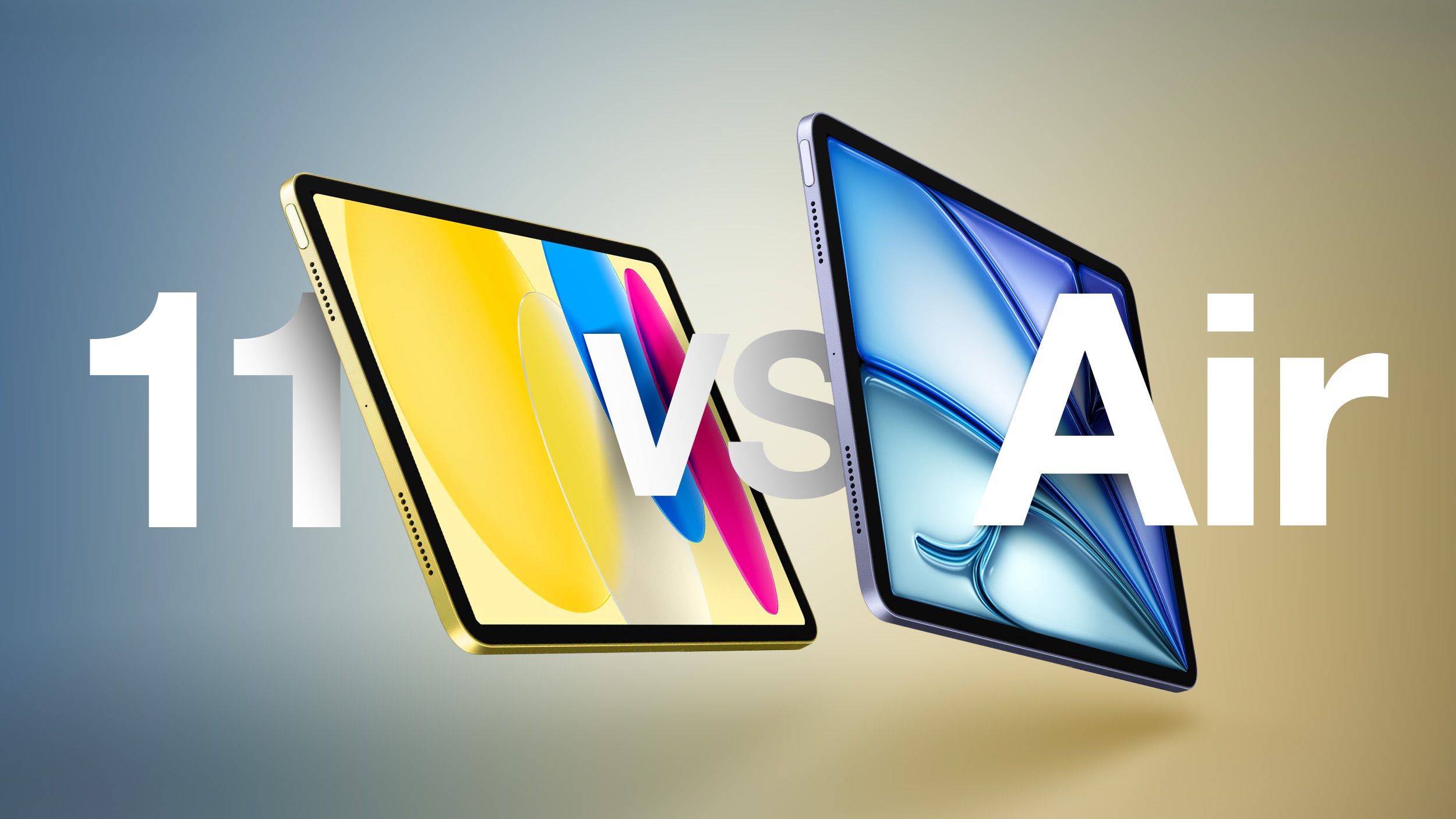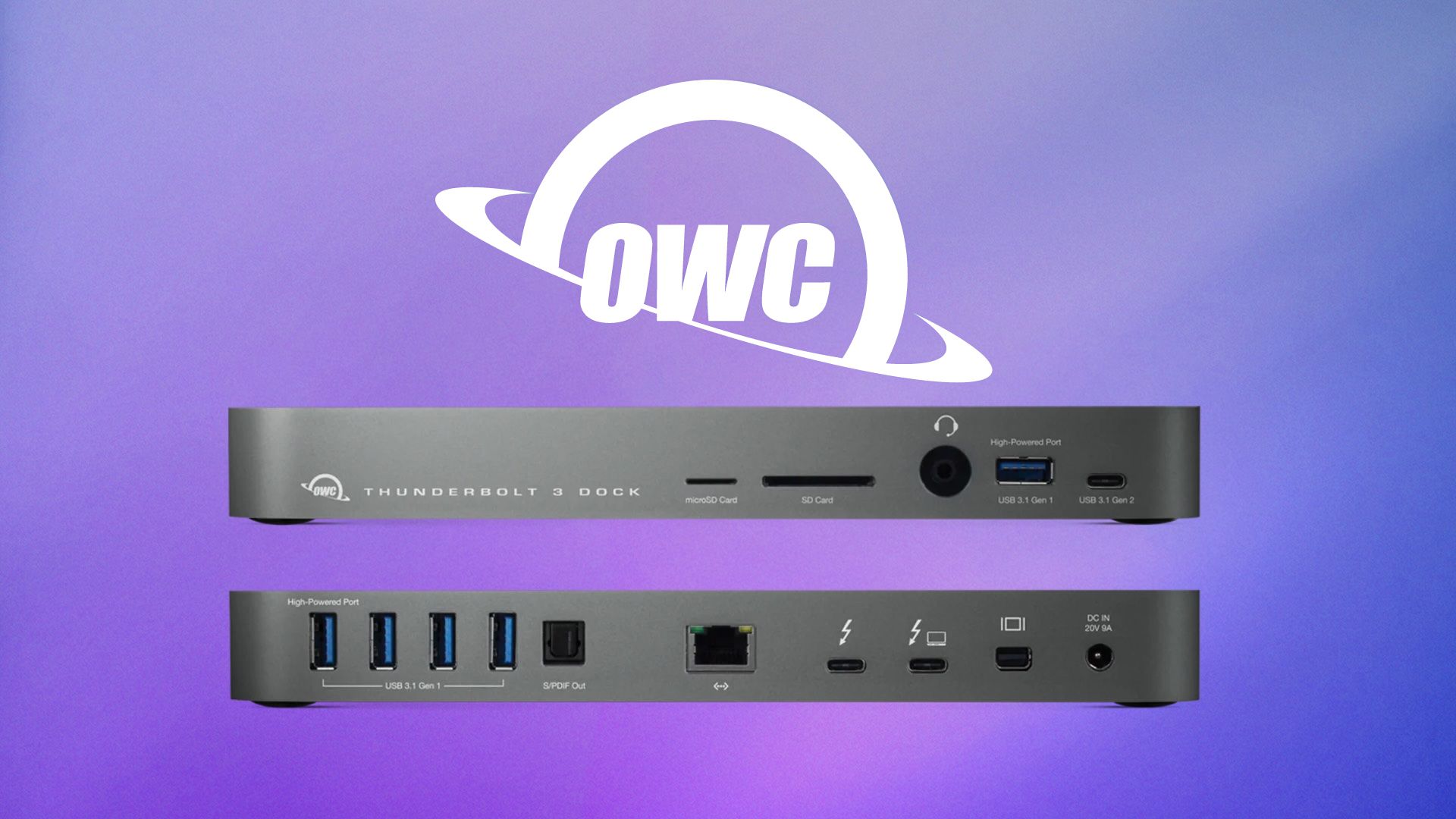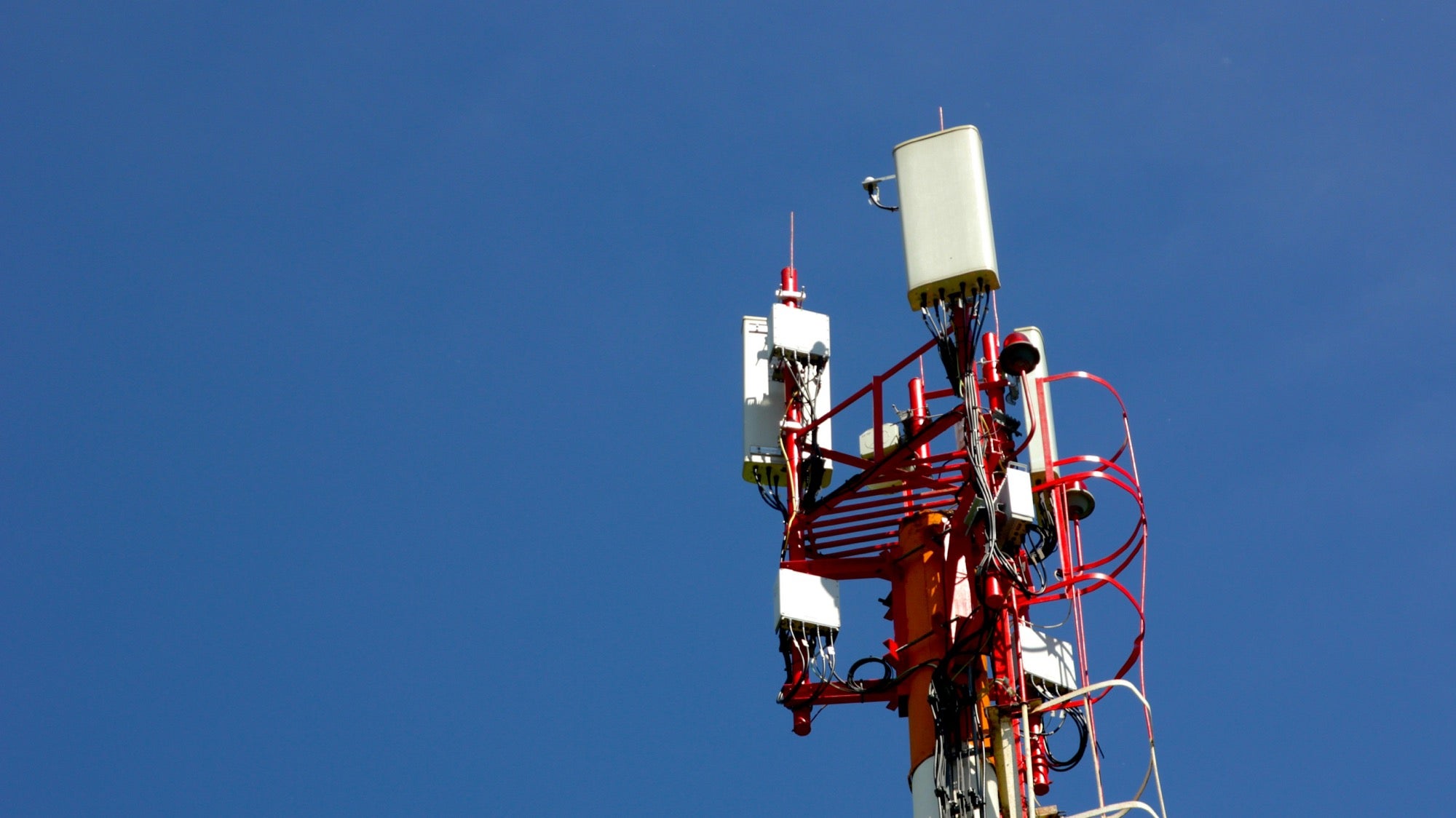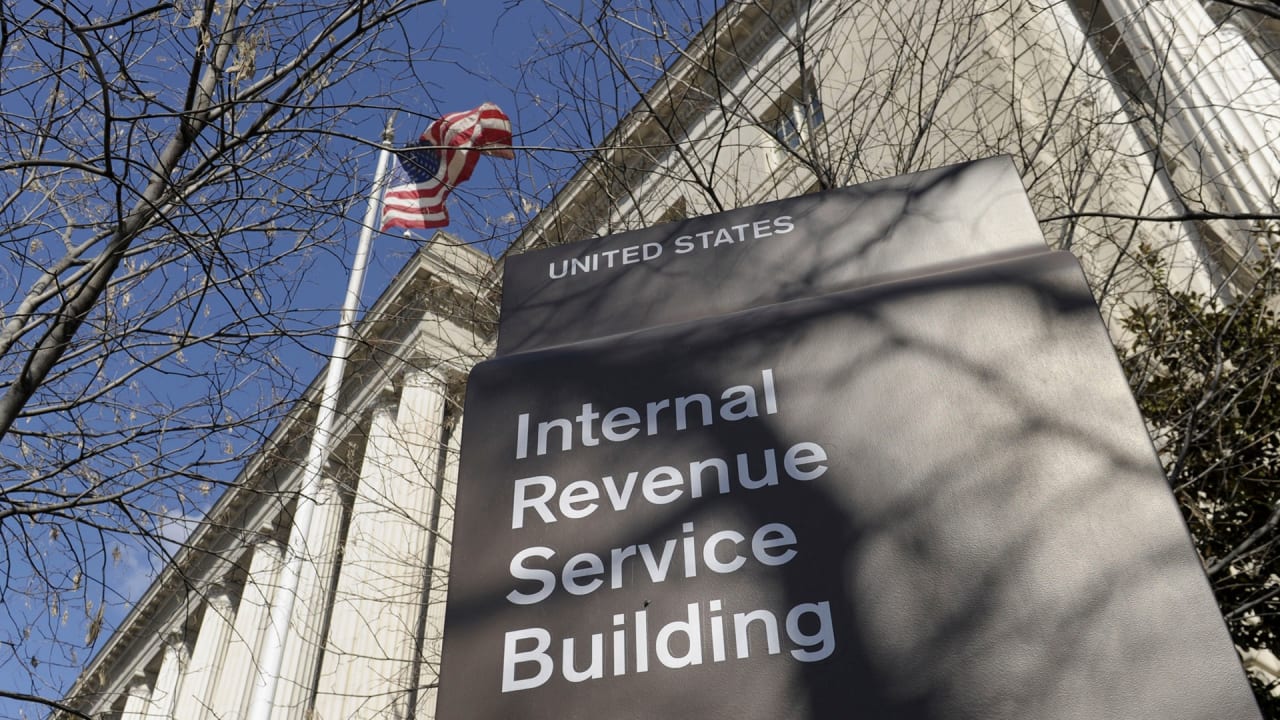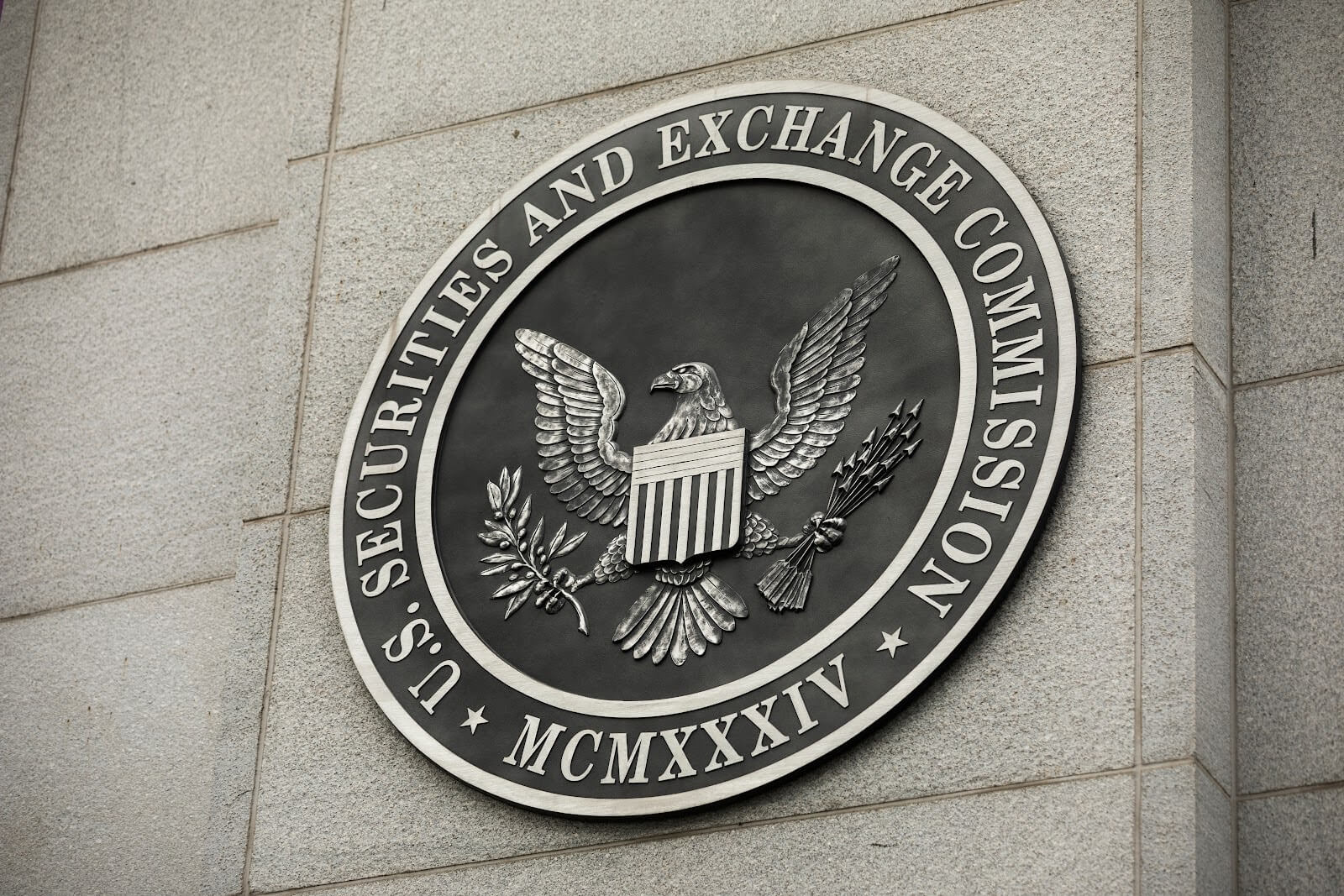Secure Video Sharing: Protecting Your Content in the Digital Age
Introduction In today’s digital landscape, video content has become a crucial medium for communication, education, and entertainment. However, as video sharing becomes more widespread, security threats such as piracy, unauthorized access, and content theft have also increased. Protecting video content requires a robust strategy, including encryption, digital rights management (DRM), access control mechanisms, and advanced paywall technologies. A live stream paywall platform offers a secure way to share videos while monetizing content effectively. Whether you are a content creator, educator, or business, securing your videos ensures that only authorized viewers can access your valuable content. Why Secure Video Sharing is Important *1. Protecting Intellectual Property * Videos are often valuable intellectual property. Whether it’s premium entertainment, online courses, or corporate training materials, securing your content prevents unauthorized distribution and piracy. *2. Preventing Unauthorized Access * Sensitive videos, such as corporate meetings, medical training, or private coaching sessions, need restricted access. Unauthorized access can lead to data leaks and loss of sensitive information. *3. Monetization and Revenue Protection * Many content creators and businesses rely on video monetization. Using a live stream paywall platform, content providers can ensure that only paying subscribers or ticket holders can access their videos, securing revenue streams. Methods for Secure Video Sharing *1. Video Encryption * Encryption converts video content into unreadable data, which can only be accessed with the correct decryption key. Common encryption technologies include: AES-256 Encryption – A high-level encryption method used by major streaming platforms. HLS Encryption – Encrypts HTTP Live Streaming (HLS) content to prevent unauthorized downloads. *2. Digital Rights Management (DRM) * DRM ensures that only authorized users can play protected content. Leading DRM solutions include: Google Widevine Apple FairPlay Microsoft PlayReady *3. Password Protection & User Authentication * Requiring login credentials or password protection adds an additional layer of security. Multi-Factor Authentication (MFA) further strengthens security by requiring users to verify their identity with an additional step. *4. Secure Hosting & Delivery Networks * Using a secure video hosting provider with a Content Delivery Network (CDN) ensures: Fast and secure video streaming Geographic restrictions and IP blocking Protection against Distributed Denial-of-Service (DDoS) attacks *5. Using a Live Stream Paywall Platform * A live stream paywall platform restricts access to videos behind a paywall, ensuring only authorized users can watch them. These platforms provide: Subscription-based access One-time purchases or pay-per-view Secure payment processing Access control and analytics Best Practices for Secure Video Sharing *1. Choose a Trusted Video Hosting Service * Opt for a hosting service that provides built-in security features, such as encrypted streaming and DRM protection. *2. Implement Access Controls * Use role-based access control (RBAC) to limit who can view, edit, or share your videos. Restrict access to only necessary users. *3. Watermarking for Copyright Protection * Dynamic watermarking embeds user-specific details (like email or IP address) into videos to discourage illegal sharing. *4. Monitor and Track Video Usage * A live stream paywall platform often includes analytics tools to track viewer activity and detect potential security breaches. *5. Use Secure Video APIs * Secure APIs help integrate video security measures seamlessly with your existing platforms and prevent unauthorized access. How a Live Stream Paywall Platform Enhances Security A live stream paywall platform ensures that video content is not only monetized but also protected from unauthorized distribution. Here’s how it enhances security: End-to-End Encryption – Ensures that video content is protected during transmission. Token-Based Authentication – Generates unique tokens for each viewer, preventing link sharing. Geolocation Restrictions – Blocks access from specific regions or countries. Session Expiry & Playback Restrictions – Limits the number of devices or sessions per user. These security measures ensure that only paying users have access to premium content, helping businesses and content creators maintain control over their videos. Conclusion Secure video sharing is essential in today’s digital world, where content theft and unauthorized access are rampant. Implementing strong encryption, DRM, and user authentication, combined with a live stream paywall platform, ensures that video content remains protected while enabling effective monetization. For businesses, educators, and content creators, investing in secure video-sharing solutions is a necess

Introduction
In today’s digital landscape, video content has become a crucial medium for communication, education, and entertainment. However, as video sharing becomes more widespread, security threats such as piracy, unauthorized access, and content theft have also increased. Protecting video content requires a robust strategy, including encryption, digital rights management (DRM), access control mechanisms, and advanced paywall technologies.
A live stream paywall platform offers a secure way to share videos while monetizing content effectively. Whether you are a content creator, educator, or business, securing your videos ensures that only authorized viewers can access your valuable content.
Why Secure Video Sharing is Important
*1. Protecting Intellectual Property
*
Videos are often valuable intellectual property. Whether it’s premium entertainment, online courses, or corporate training materials, securing your content prevents unauthorized distribution and piracy.
*2. Preventing Unauthorized Access
*
Sensitive videos, such as corporate meetings, medical training, or private coaching sessions, need restricted access. Unauthorized access can lead to data leaks and loss of sensitive information.
*3. Monetization and Revenue Protection
*
Many content creators and businesses rely on video monetization. Using a live stream paywall platform, content providers can ensure that only paying subscribers or ticket holders can access their videos, securing revenue streams.
Methods for Secure Video Sharing
*1. Video Encryption
*
Encryption converts video content into unreadable data, which can only be accessed with the correct decryption key. Common encryption technologies include:
AES-256 Encryption – A high-level encryption method used by major streaming platforms.
HLS Encryption – Encrypts HTTP Live Streaming (HLS) content to prevent unauthorized downloads.
*2. Digital Rights Management (DRM)
*
DRM ensures that only authorized users can play protected content. Leading DRM solutions include:
Google Widevine
Apple FairPlay
Microsoft PlayReady
*3. Password Protection & User Authentication
*
Requiring login credentials or password protection adds an additional layer of security. Multi-Factor Authentication (MFA) further strengthens security by requiring users to verify their identity with an additional step.
*4. Secure Hosting & Delivery Networks
*
Using a secure video hosting provider with a Content Delivery Network (CDN) ensures:
Fast and secure video streaming
Geographic restrictions and IP blocking
Protection against Distributed Denial-of-Service (DDoS) attacks
*5. Using a Live Stream Paywall Platform
*
A live stream paywall platform restricts access to videos behind a paywall, ensuring only authorized users can watch them. These platforms provide:
Subscription-based access
One-time purchases or pay-per-view
Secure payment processing
Access control and analytics
Best Practices for Secure Video Sharing
*1. Choose a Trusted Video Hosting Service
*
Opt for a hosting service that provides built-in security features, such as encrypted streaming and DRM protection.
*2. Implement Access Controls
*
Use role-based access control (RBAC) to limit who can view, edit, or share your videos. Restrict access to only necessary users.
*3. Watermarking for Copyright Protection
*
Dynamic watermarking embeds user-specific details (like email or IP address) into videos to discourage illegal sharing.
*4. Monitor and Track Video Usage
*
A live stream paywall platform often includes analytics tools to track viewer activity and detect potential security breaches.
*5. Use Secure Video APIs
*
Secure APIs help integrate video security measures seamlessly with your existing platforms and prevent unauthorized access.
How a Live Stream Paywall Platform Enhances Security
A live stream paywall platform ensures that video content is not only monetized but also protected from unauthorized distribution. Here’s how it enhances security:
End-to-End Encryption – Ensures that video content is protected during transmission.
Token-Based Authentication – Generates unique tokens for each viewer, preventing link sharing.
Geolocation Restrictions – Blocks access from specific regions or countries.
Session Expiry & Playback Restrictions – Limits the number of devices or sessions per user.
These security measures ensure that only paying users have access to premium content, helping businesses and content creators maintain control over their videos.
Conclusion
Secure video sharing is essential in today’s digital world, where content theft and unauthorized access are rampant. Implementing strong encryption, DRM, and user authentication, combined with a live stream paywall platform, ensures that video content remains protected while enabling effective monetization.
For businesses, educators, and content creators, investing in secure video-sharing solutions is a necessity to safeguard their intellectual property and maximize revenue opportunities.
FAQs
*1. What is the best way to share videos securely?
*
Using a combination of encryption, DRM, secure hosting, and a live stream paywall platform ensures that videos are shared securely and accessed only by authorized viewers.
*2. How does a live stream paywall platform protect videos?
*
A live stream paywall platform restricts access to paid users only, encrypts video streams, prevents link sharing, and includes authentication features like token-based access.
*3. Can I protect my videos from being downloaded?
*
Yes, using DRM protection, encrypted streaming, and disabling direct downloads can prevent users from downloading your videos.
*4. Is it possible to track who watches my videos?
*
Yes, analytics tools available in live stream paywall platforms allow you to track user activity, locations, and engagement metrics.
*5. Are there free methods for securing video content?
*
While free methods like password protection and watermarking exist, premium solutions like DRM and paywalls offer stronger security and monetization capabilities.
















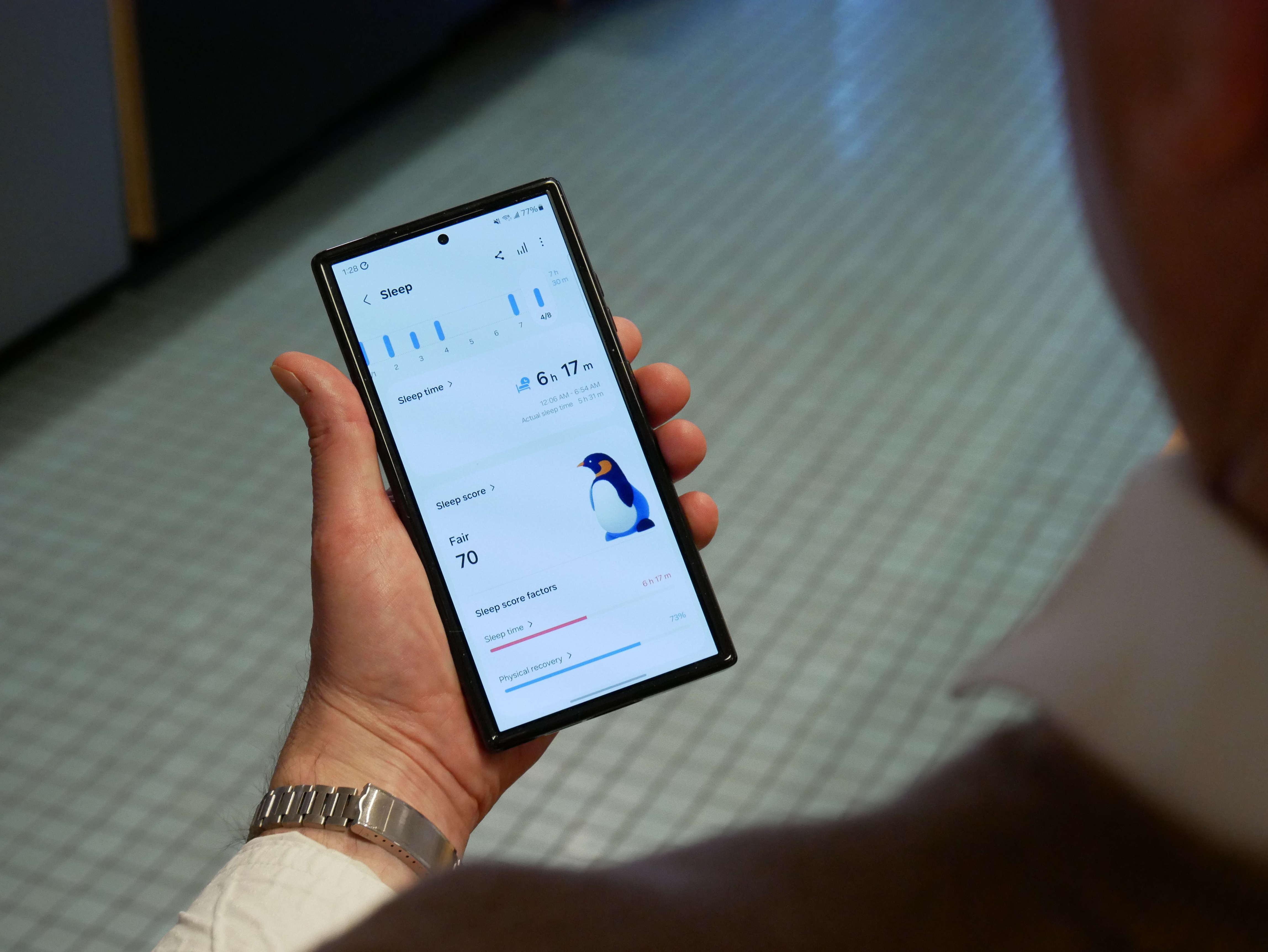






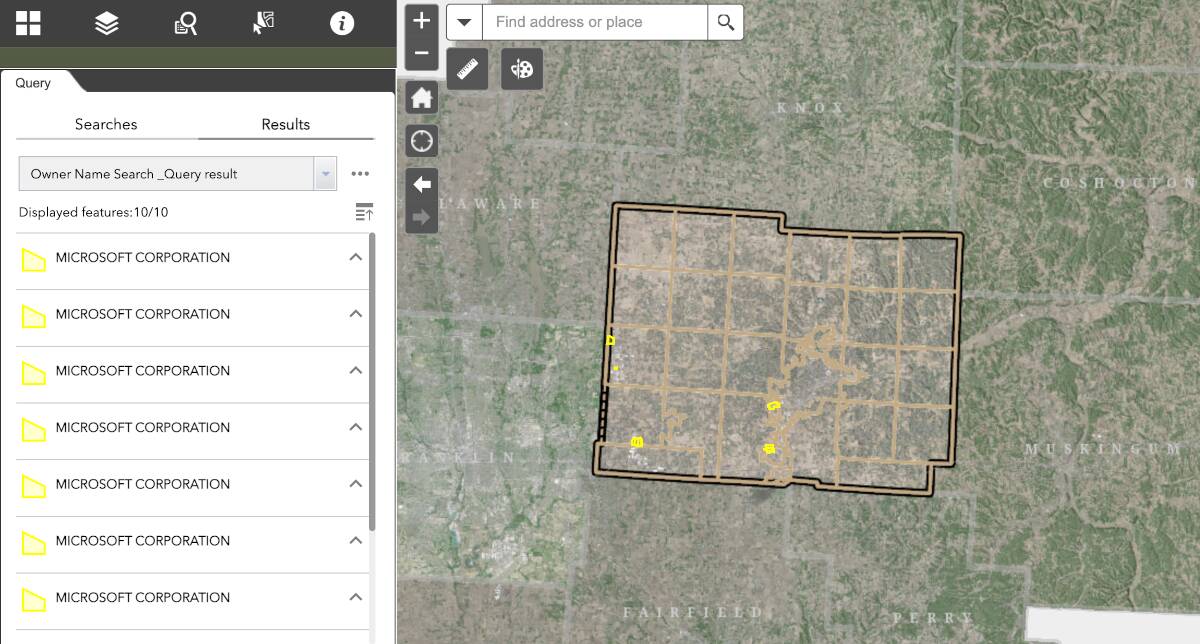


















































































































































![[The AI Show Episode 143]: ChatGPT Revenue Surge, New AGI Timelines, Amazon’s AI Agent, Claude for Education, Model Context Protocol & LLMs Pass the Turing Test](https://www.marketingaiinstitute.com/hubfs/ep%20143%20cover.png)





































































































































![From drop-out to software architect with Jason Lengstorf [Podcast #167]](https://cdn.hashnode.com/res/hashnode/image/upload/v1743796461357/f3d19cd7-e6f5-4d7c-8bfc-eb974bc8da68.png?#)
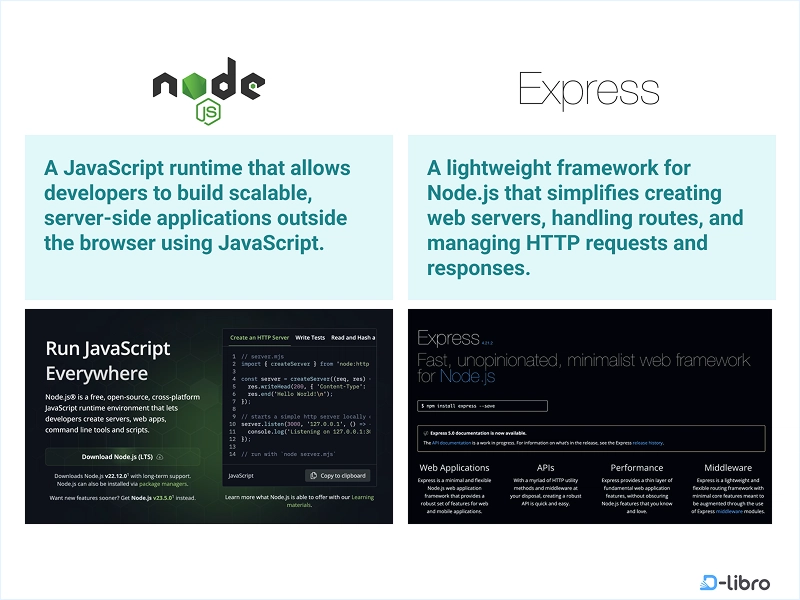












































.jpeg?#)










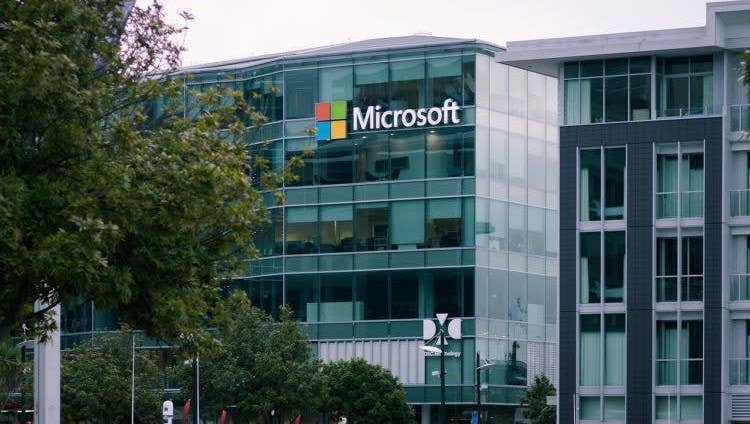



















































-11.11.2024-4-49-screenshot.png?width=1920&height=1920&fit=bounds&quality=70&format=jpg&auto=webp#)














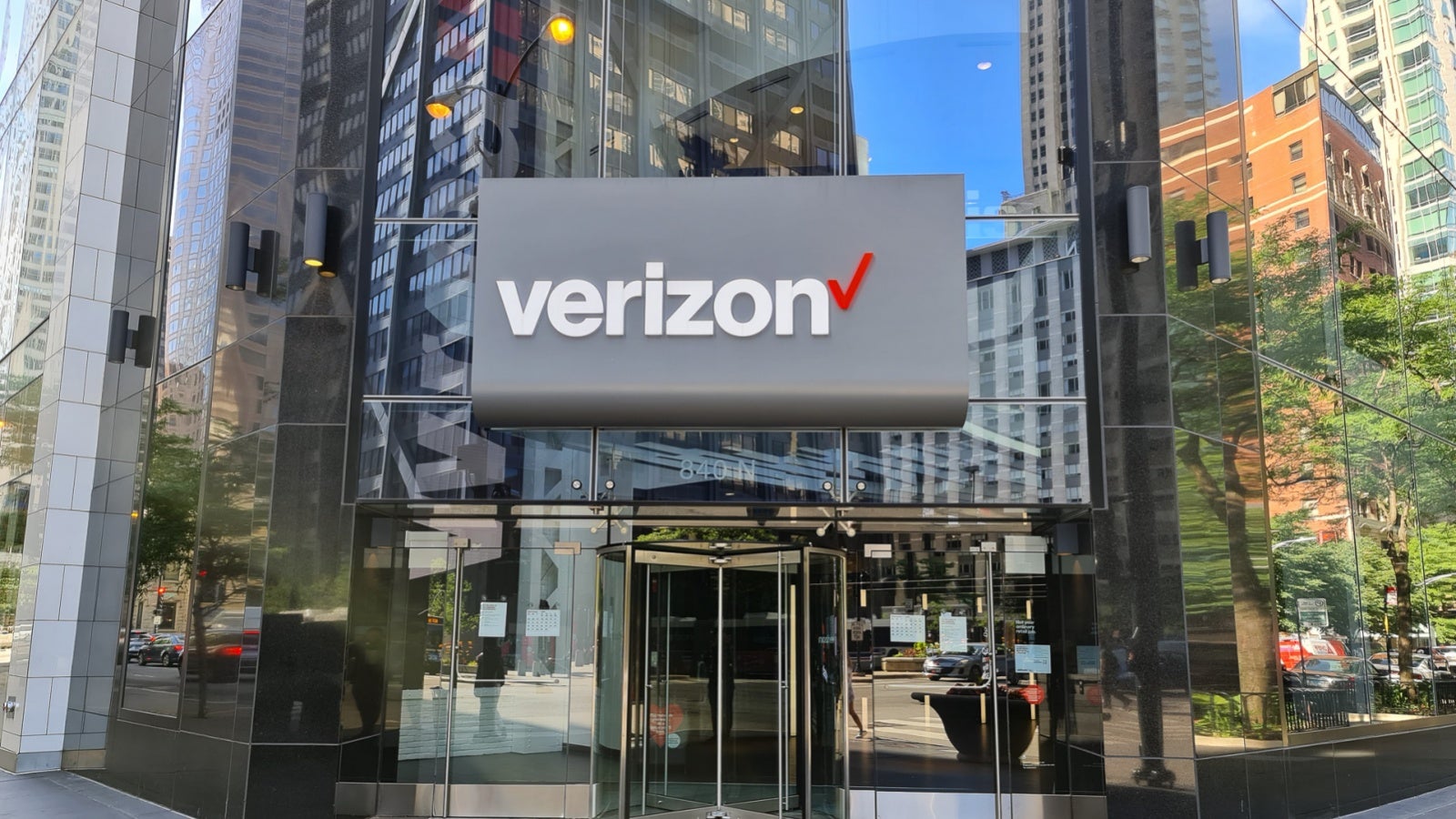







_jvphoto_Alamy.jpg?#)




.png?#)





























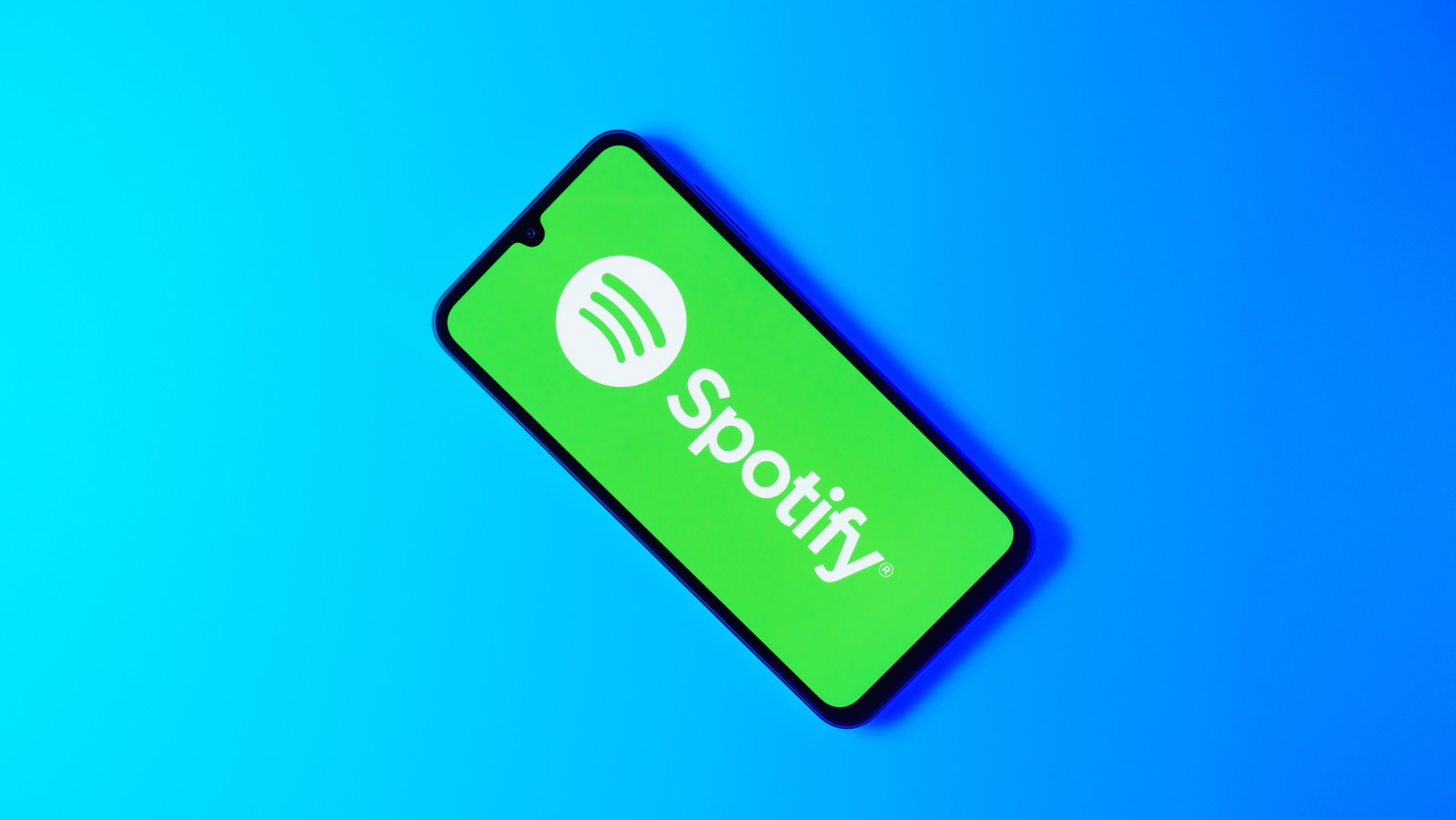

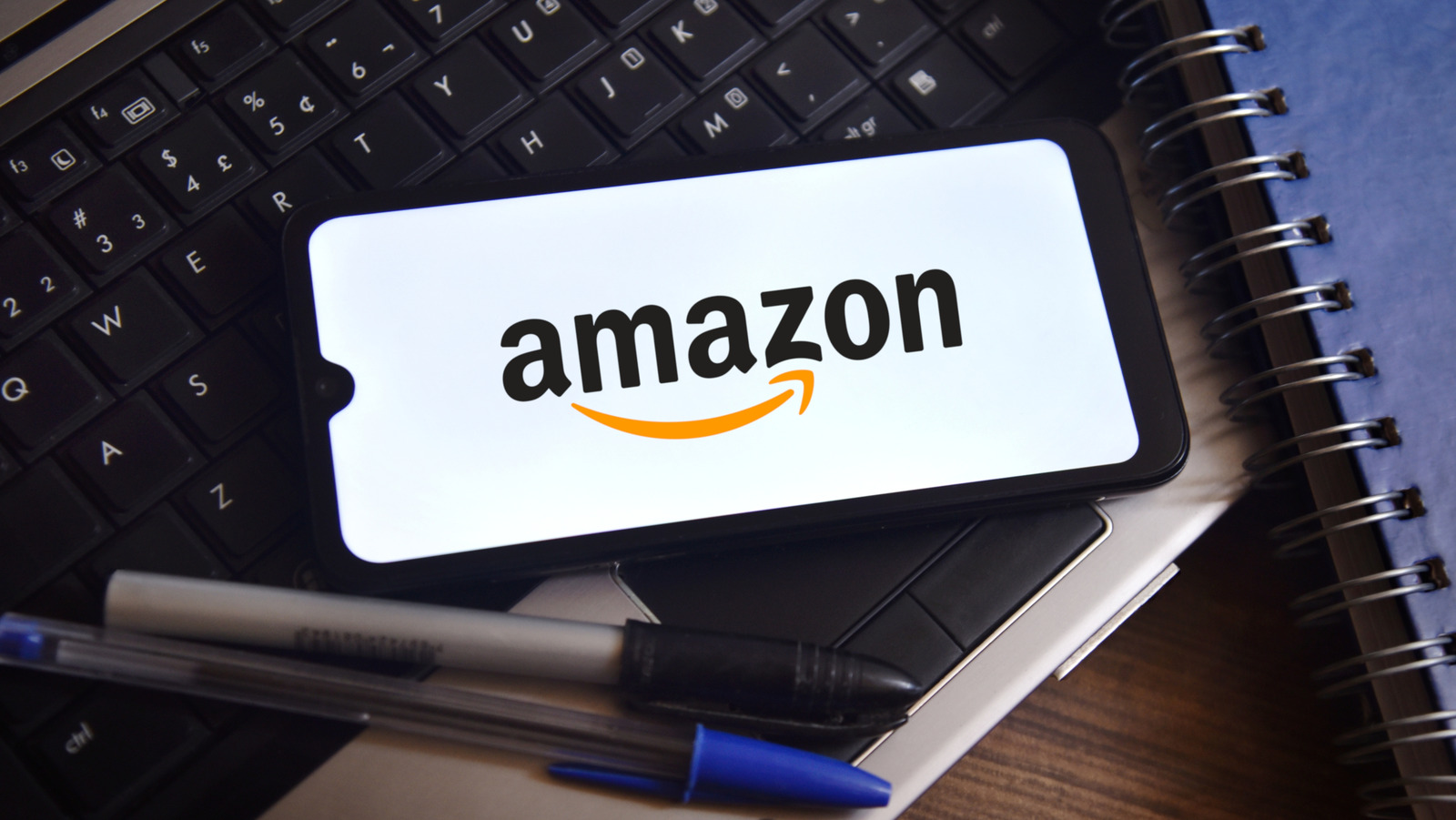













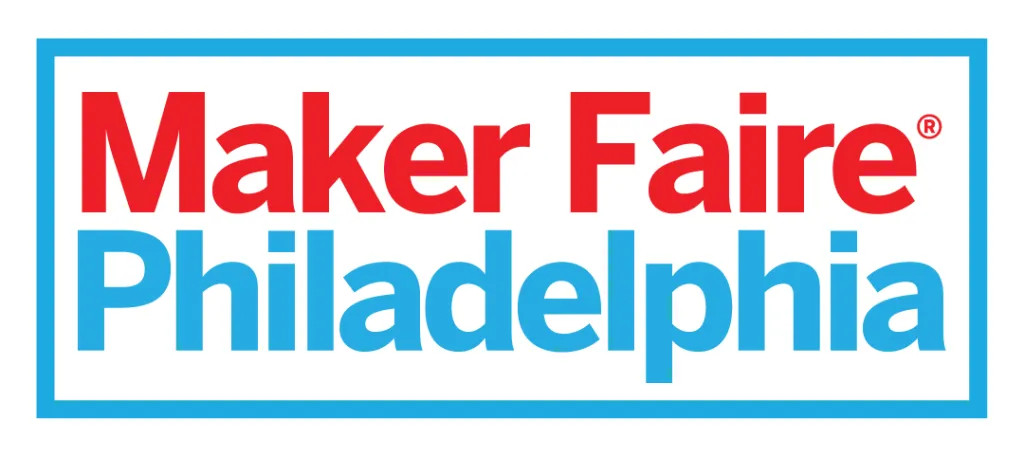





















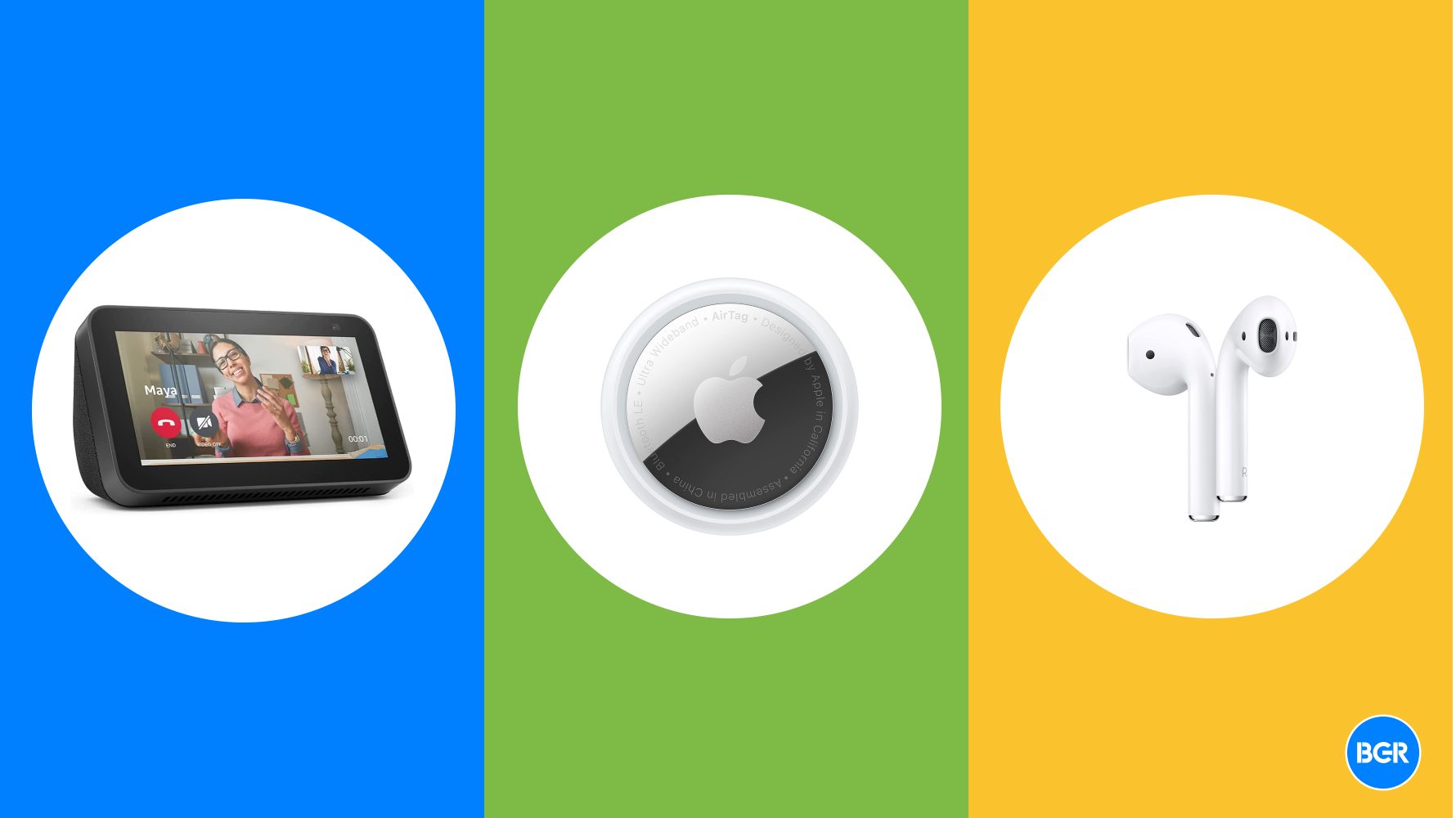




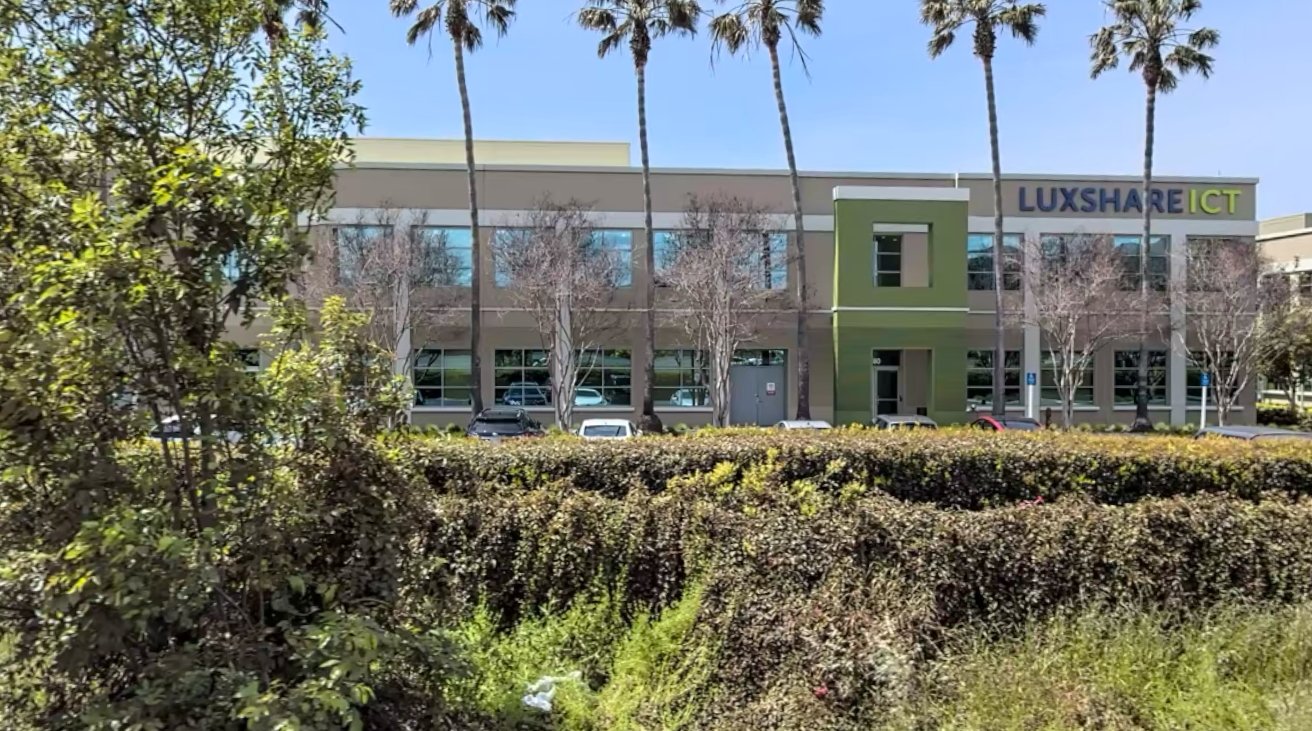

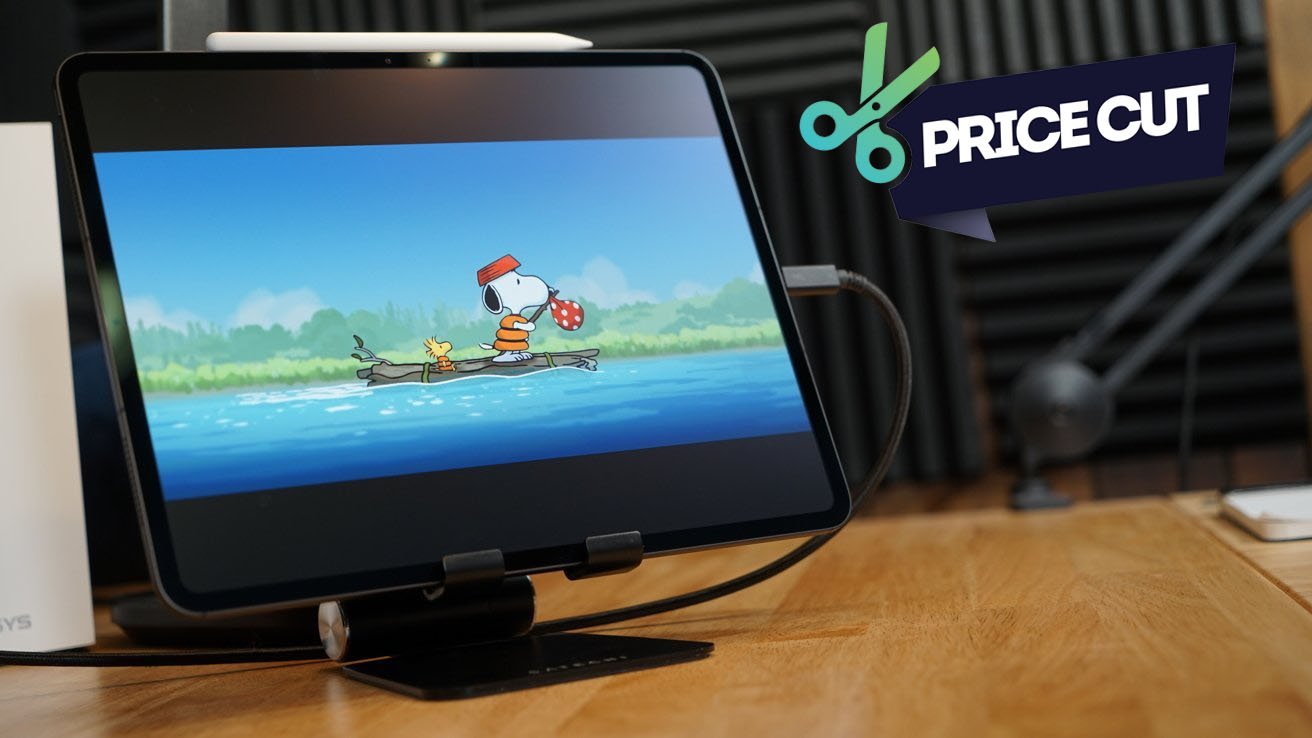






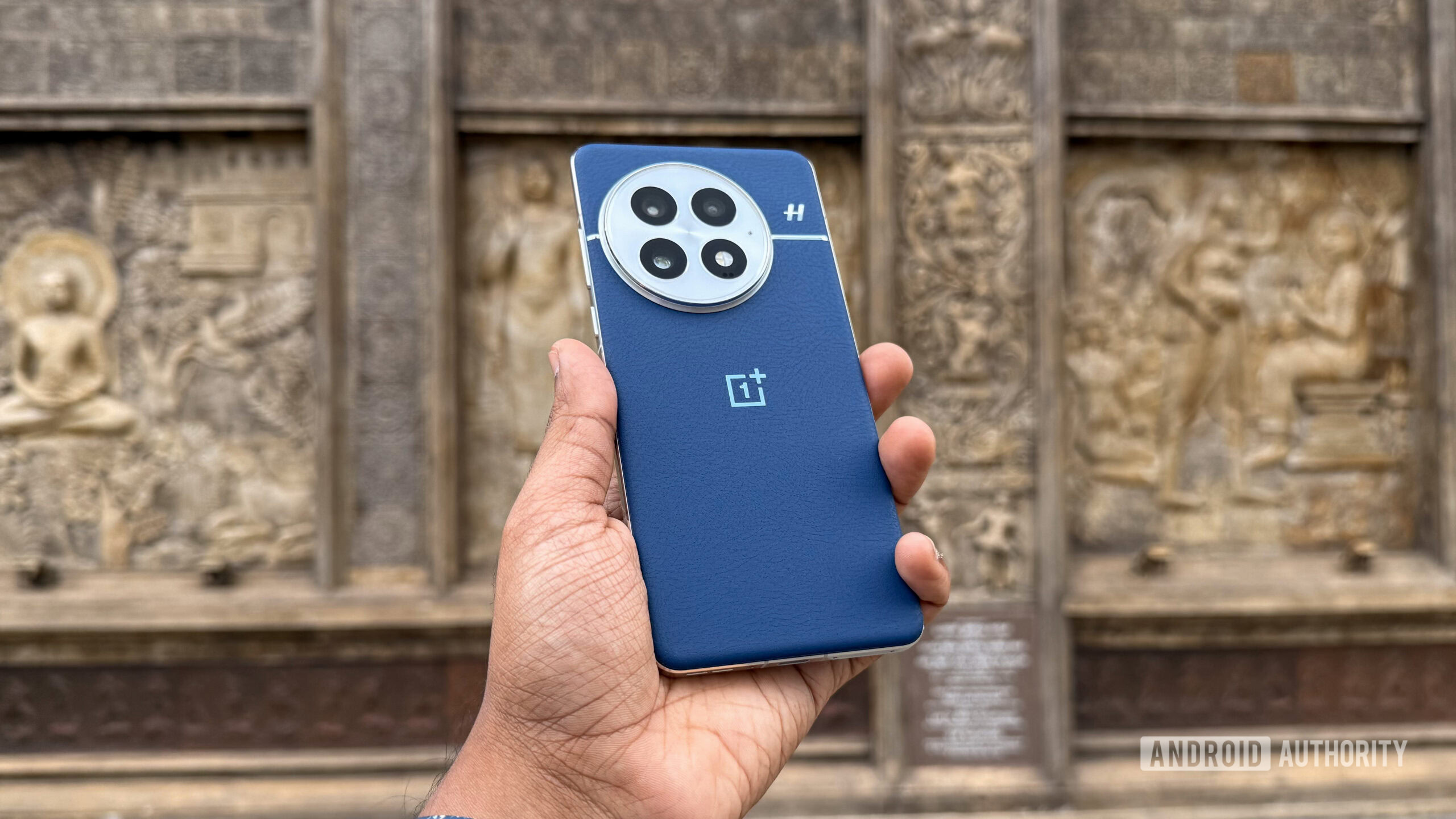




















![Apple Debuts Official Trailer for 'Murderbot' [Video]](https://www.iclarified.com/images/news/96972/96972/96972-640.jpg)
![Alleged Case for Rumored iPhone 17 Pro Surfaces Online [Image]](https://www.iclarified.com/images/news/96969/96969/96969-640.jpg)

![Apple Rushes Five Planes of iPhones to US Ahead of New Tariffs [Report]](https://www.iclarified.com/images/news/96967/96967/96967-640.jpg)














